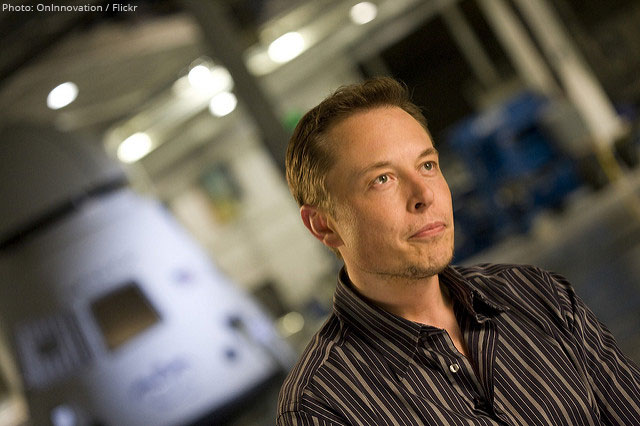Last year, CEO Elon Musk revealed a list of goals Tesla (NASDAQ:TSLA) hopes to achieve by 2020. The plan has listed key components on the following areas: electric vehicles (EVs), autopilot technology, “shared fleet” program, energy generation and energy storage.
It was just last month that Tesla finally released the first batch of its most affordable EV, the Model 3. Priced at $35,000 before any tax incentives, the car is well-received as evidenced by 455,000 reservations received by the company. Musk, in one of his previous statements in 2016, said about Tesla aiming to build 500,000 EVs by 2018. Due to the demand of the new Model 3, the projected production is now adjusted to 1 million EVs by 2020. To get a good idea, Tesla had around 50,000 EV units in 2015, 80,000 in 2016 and less than 50,000 so far in 2017. It may look too far from reaching the target but it could still be possible once Model 3 enters full-scale production before the end of this year.
In terms of mileage, the Model 3 is rated to run 220 miles (350 km) from a single charge. It is slightly less than the official range of Model S, Tesla’s luxury sedan, which is rated at 265 miles (426 km). It was 2015 when Musk started talking about plans to increase the aspect of single-charge mileage of all Tesla EVs to 621 miles (1,000 km), which he hoped to achieve not later than 2017, and then to 745 miles (1,200 km) by 2020. Currently, the official record for the Model S is at 497 miles (800 km), which is still short of the 621-mile goal. There is hope though when, two months ago, an unofficial record was released. A Model S P100D reached 560 miles (900 km) but this was done under “hypermiling” (extremely efficient driving) conditions. Musk held on to the 621-mile goal and said Tesla EVs can achieve this mileage on good tires.
Tesla also plans on doubling the number of superchargers for EVs by 2018. From 3,600 superchargers in 2016, the original plan is to have 7,000 by 2018. As a supercharger can fully charge an electric car in 30 minutes as opposed to hours with a wall socket, the plan for more superchargers can be a big factor in convincing customers to buy EVs. The company is moving too fast in this category; last February, it already had installed 5,000 superchargers in more than 800 supercharger stations worldwide. Tesla then revised its original plan; it increased the goal from 7,000 by 2018 to 10,000 before the end of this year. In order to achieve this, Tesla will be partnering with hotels, restaurants and parking garages in installing individual charging ports.
In the field of product development, Tesla is not stopping with Model 3 as it plans to launch new EVs within the next 3 years. Model Y, a crossover SUV, is expected to arrive by late 2019 or early 2020. There are plans for an electric semi-trailer truck to be revealed later this year and an electric pickup truck by 2019. Moreover, Tesla is also working on releasing fully autonomous electric cars and buses. A new Enhanced Autopilot technology will be rolled out by October which will give self-driving cars a full “hands-free” autonomy. After Tesla EVs become fully autonomous, the Palo Alto-based company intends to setup a “shared fleet” program where EV owners can make money by renting their cars to other people (think “rent-a-car”, “ride-sharing” or “ride-hailing”).
Tesla is not solely about EVs. It is also in the business of manufacturing battery packs and solar panels. Gigafactory 1, Tesla’s Nevada-based manufacturer of rechargeable lithium-ion batteries, will be fully operational by 2018. Its initial capacity of 35 gigawatt-hour capacity will be enough to supply the 2018 projection of 500,000 EVs. The factory has a projected maximum capacity of 150 gigawatt-hour by 2020. Three additional Gigafactory sites are now planned to be built in Europe. Tesla also aims to generate its own electricity for its EVs by producing solar panels through its subsidiary SolarCity.
All these projects Tesla is currently involved with (EVs, battery packs and solar panels) will become part of an even bigger project, the Tesla City. There is a rumor that the first of this futuristic cities will be located somewhere around Cambridge, England. Expect to see here houses equipped with solar roofs, roads with fully autonomous electric cars and subways with Hyperloop technology (also an idea of Musk). Tesla City may not be within reach by 2020 but at the pace Tesla is moving right now, the realization of Musk’s “cleantech” city is already a near possibility.
References: BI
Disclaimer: This page contains affiliate links. If you choose to make a purchase after clicking a link, we may receive a commission at no additional cost to you. Thank you for your support!



Leave a Reply